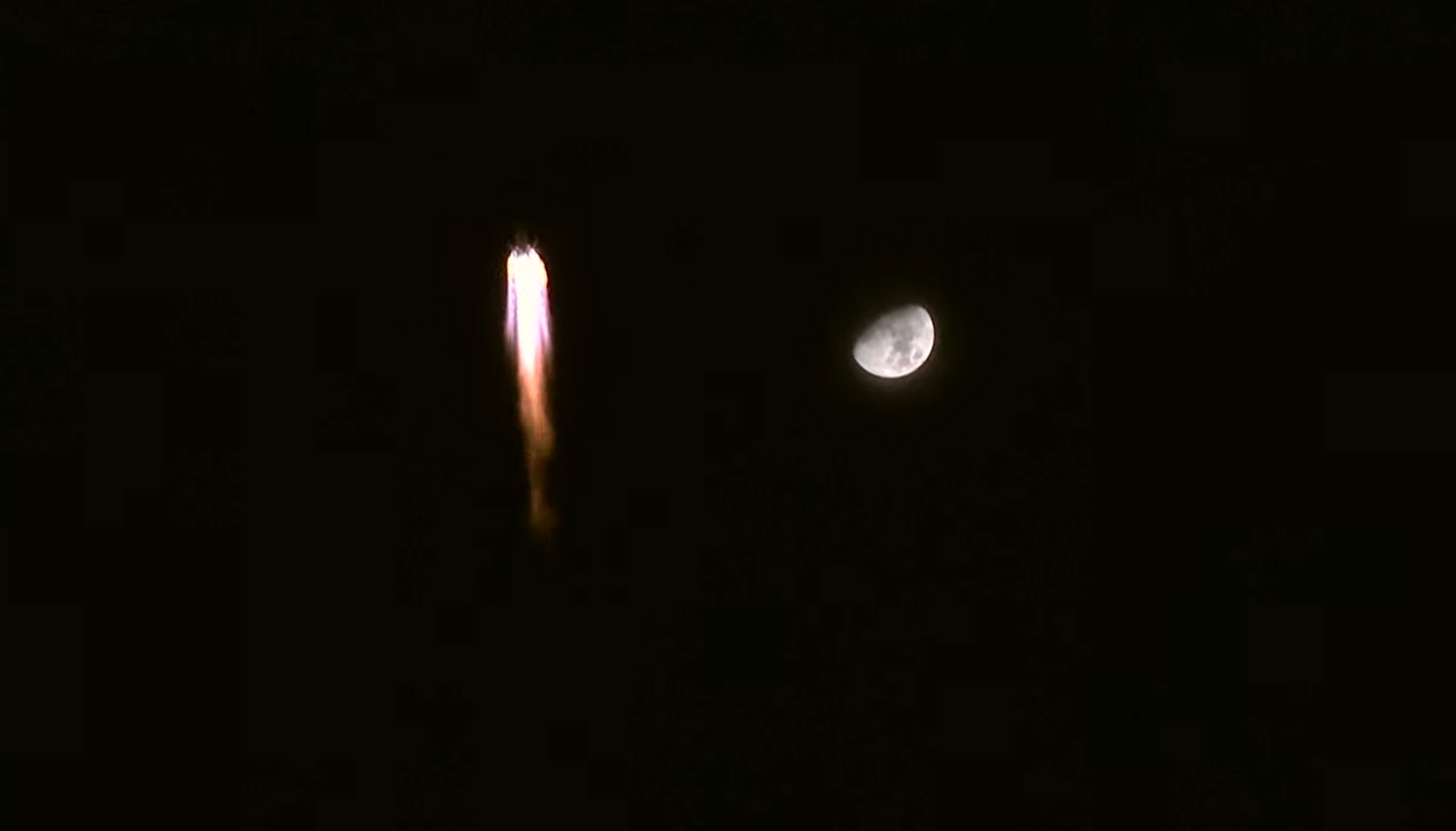Products You May Like
HELSINKI — China’s experimental reusable spacecraft has released an unknown object into orbit while conducting its third mission.
U.S. Space Force space domain awareness teams cataloged the object as 59884 (International designator 2023-195G). The suspected spaceplane launched Dec. 14, 2023 and has been in orbit 164 days. The object appears to have been released May 24.
Jonathan McDowell, of the Harvard-Smithsonian Center for Astrophysics and a space activity tracker, first flagged the event. He speculated on X, formerly Twitter, that the object could be a subsatellite deployment, or a piece of hardware ejected prior to end of mission and deorbit.
The object may also be used for proximity and capture maneuvers. The spaceplane used a released object to perform multiple recaptures as part of on-orbit testing during its second flight.
China has maintained strict secrecy around the mission. The country’s space authorities have not released images nor descriptions of the spacecraft. The only official Chinese report on the activity is a short launch report hours after the event.
“During this period, reusable technology verification and space science experiments will be carried out as planned to provide technical support for the peaceful use of space,” the report stated.
The spacecraft is seen as China’s attempt to develop similar capabilities to the X-37B. It is currently on its third mission. Reusable spacecraft represent a significant advancement in space technology, offering the potential for reduced costs and increased frequency of missions.
The Long March 2F rocket which launched the spacecraft has a payload capacity of just over eight metric tons to low Earth orbit. This suggests that the spacecraft could be somewhat similar in size and function to U.S. Air Force’s X-37B spaceplane.
This notion is reinforced by apparent images of the payload fairing wreckage recovered from the second launch and posted on the Sina Weibo social media site. The images give possible clues as to the dimensions and shape of the spacecraft.
The first flight, in 2020, lasted two days, while the second, launched in 2022, had a duration of 276 days. Both visits to orbit included the release of an object while in orbit.
The gap between the spacecraft’s first and second missions—launching in 2020 and 2022 respectively—was one year and 11 months. The third mission saw a seven-month turnaround.
| Mission | Launch Date | Landing Date | Duration | Time Since Previous Mission | Launch Site | Landing Site |
| Mission 1 | September 4, 2020 | September 6, 2020 | 2 days | N/A | Jiuquan spaceport | Lop Nur air base |
| Mission 2 | August 4, 2022 | May 8, 2023 | ~276 days | 1 year, 11 months | Jiuquan spaceport | Lop Nur air base |
| Mission 3 | December 14, 2023 | N/A | 164 days (ongoing) | 7 months, 6 days | Jiuquan spaceport | N/A |
The third flight has seen the spacecraft perform maneuvers to alter its orbit. The spacecraft entered an initial 333 by 348-kilometer-altitude orbit inclined by 50 degrees. U.S. Space Force space domain awareness data shows the spacecraft later raised its orbit, via a series of maneuvers, to a current orbit of 602 by 609 kilometers.
The reusable spacecraft may be the orbital segment which will operate in combination with a reusable suborbital first stage. A reusable suborbital spacecraft was tested for the first time in 2021. A second mission launched in August 2022. The suborbital craft uses a vertical takeoff and a horizontal landing.
The China Aerospace Science and Technology Corporation (CASC), the spacecraft’s developer, announced plans to develop a fully reusable, two-stage-to-orbit (TSTO) space transportation system prior to its first launch. CASC’s spaceplane project acquired national level funding from the Natural Science Foundation of China in 2022.
Meanwhile the U.S. Space Force X-37B spaceplane launched on its seventh mission Dec. 28 last year. Flying on a Falcon Heavy for the first time, space activity watchers suggest the spacecraft was sent to a highly elliptical, high inclination orbit, and to a much higher altitude than previous missions. The secretive and autonomous X-37B reusable vehicle began flights in 2010.
